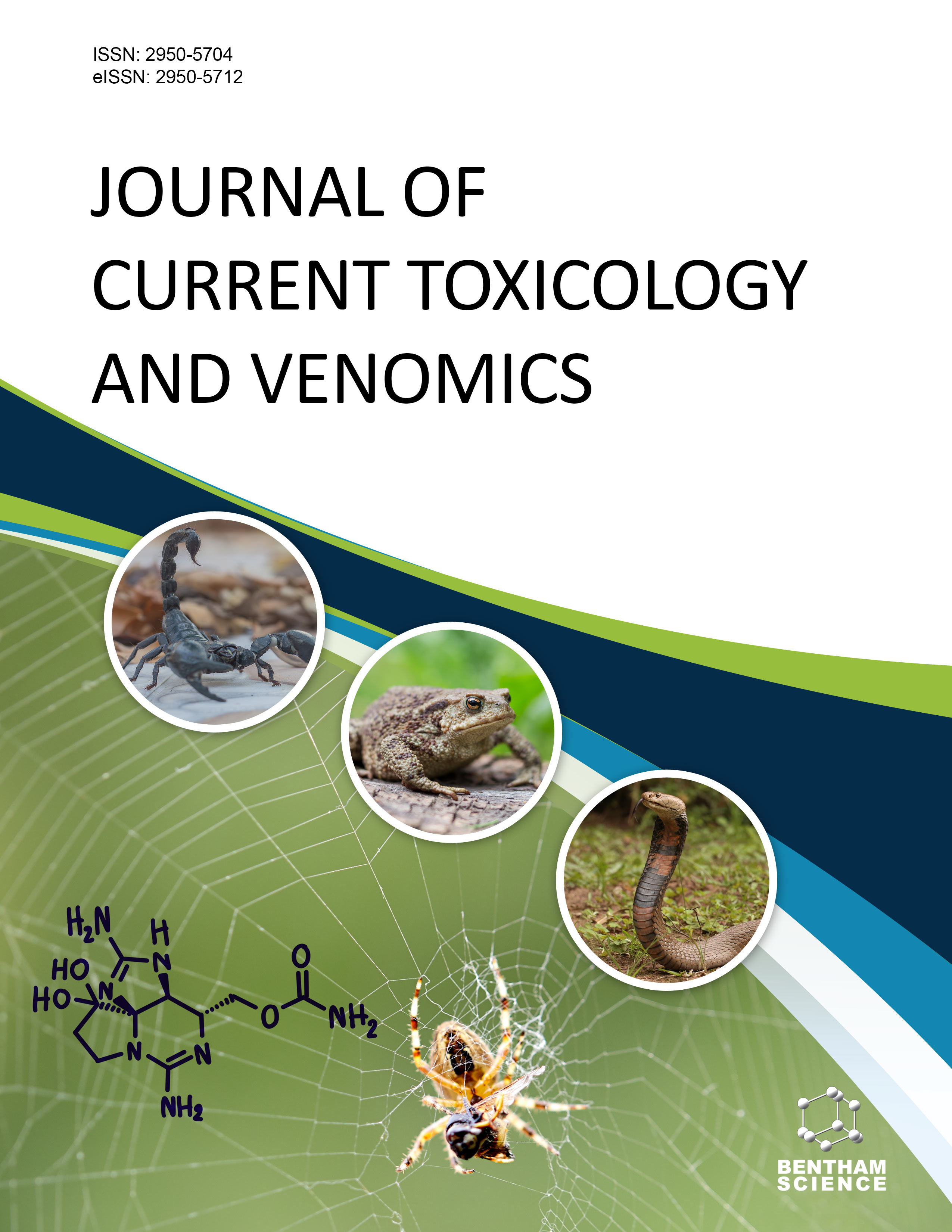
Full text loading...
We use cookies to track usage and preferences.I Understand
Snakebites are a worldwide health problem and produce pathological symptoms, such as hemorrhage, tissue necrosis, blood coagulation disorder, edema, and death. Although serum therapy protects victims from death, it does not prevent amputation of the affected limb. Therefore, alternative treatments deserve attention.
To test a new series of twelve disubstituted triazoles, TRI 02, TRI 03, TRI 04, TRI 05, TRI 07, TRI 08, TRI 09, TRI 11, TRI 14, TRI 16, TRI 17, and TRI 18 against the hemorrhagic, edematogenic, hemolytic, coagulant, and proteolytic activities of Lachesis muta muta venom.
The derivatives were incubated with L. muta venom (incubation protocol), then the toxic activities were measured. L. m. muta venom was injected before (treatment protocol) or after (prevention protocol) the derivatives.
Most of the derivatives inhibited the proteolytic and hemolytic activity of L. m. muta venom, but only TRI 17 inhibited coagulation activity. The derivatives TRI 03, TRI 05, TRI 07, TRI 14, and TRI 17 inhibited hemorrhage, while TRI 07, TRI 08, and TRI 16 inhibited edema. The derivatives TRI 03, TRI 07, and TRI 11 inhibited hemorrhage whether they were administered before or after L. m. muta venom. According to in silico tool, TRI 03, TRI 04, TRI 07, TRI 08, TRI 09, TRI 16, TRI 17, and TRI 18 were not toxic. The derivatives did not violate Lipinksi’s rule of five.
These triazoles serve as molecules able to improve the treatment of L. m. muta envenoming.

Article metrics loading...

Full text loading...
References


Data & Media loading...
Supplements

